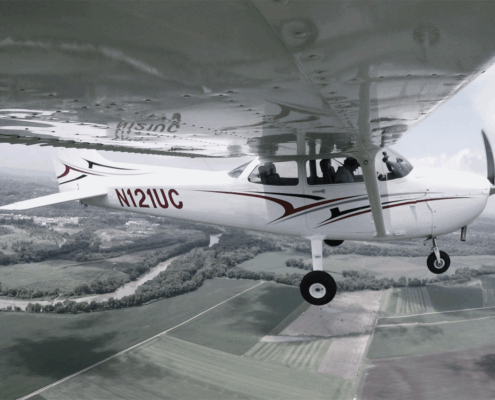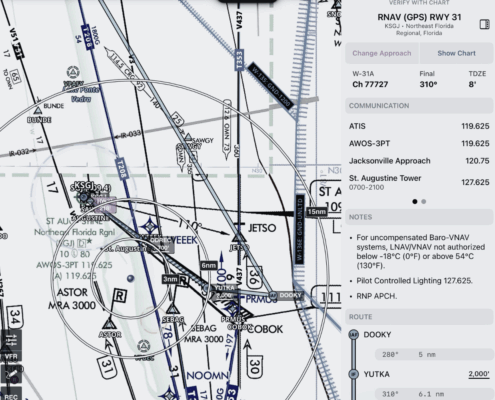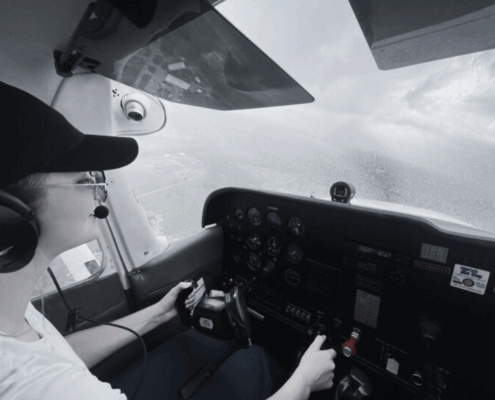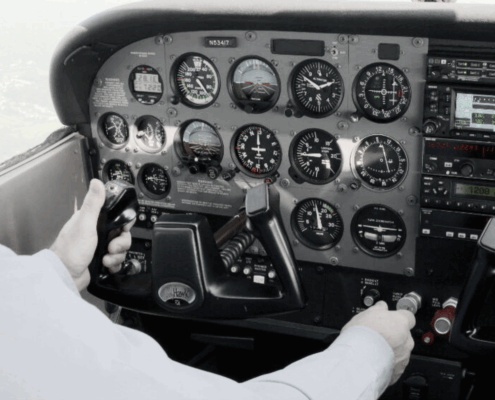
Welcome to IFR Focus: Sharpen Your Skills, Master the System
/
0 Comments
IFR Focus is a new destination dedicated entirely to the art and science of flying in the system. Whether you’re an experienced IFR pilot looking to stay sharp or a student climbing toward that checkride, you’ll find practical content here to help you fly safer, smoother, and smarter.

Video: Comparing ForeFlight Dynamic Procedures and Garmin SmartCharts
ForeFlight’s new dynamic procedures feature is revolutionizing how pilots approach instrument flying, moving away from static charts toward a fully interactive, data-driven experience. In this video, captured during practice approaches under VFR at Hoquiam, Washington, Bruce Williams explores how ForeFlight’s dynamic procedures compare to Garmin Pilot’s smart charts.

Video Tip: Getting Started in Your Instrument Training
Adding an instrument rating will greatly expand the utility of your Private certificate and allow you to fly on days when the visibility is low and the cloud layers are close to the ground. In this tip, we'll explain the steps you'll need to follow to earn your instrument rating and the new procedures and knowledge you'll learn along the way.

Video Tip: Instrument Scanning Technique
A smooth and efficient scan is the foundation of instrument flying. In this segment, we’ll explore how to prioritize the attitude indicator, interpret supporting instruments, and adjust your scan technique based on cockpit layout and flight conditions. Whether flying steam gauges or glass, learning to slow down and get the full message from each instrument is key to becoming a precise, confident IFR pilot.

RNAV/GPS Instrument Approach Tips – LPV, LNAV+V and more (video tip)
Learn how to fly RNAV approaches like a pro in Sporty's latest IFR video tip.

Mastering Approach Lighting Systems: Insights and Scenarios for Instrument Pilots
Approach light systems are a configuration of signal lights starting at the landing threshold and extending into the approach area, at a distance of 2,400 to 3,000 feet for precision instrument runways, and 1,400 to 1,500 feet for non-precision instrument runways. Some systems include sequenced flashing lights which appear to the pilot as a ball of light traveling towards the runway at high speed—nicknamed the rabbit.

Video Tip: Filing an IFR Flight Plan? Here’s What Matters Most to ATC
Most of the information filed in an IFR flight plan is based on weather forecasts that are released well before your wheels ever leave the ground. Here's a look at what parts of the flight plan actually matter to ATC so that you know how to react if and when the weather conditions don't match the forecast.

Video Tip: How to perform a self-weather briefing for an IFR flight
The FAA encourages pilots to use the self-briefing technique when checking the weather before each flight. In this video, we'll highlight various sources of weather products you can use and how to ensure you always get a complete briefing.

